Frederica Freyberg:
The GOP tax bill released Thursday adjusts current tax codes at nearly every level. House Speaker Paul Ryan called it a win for the middle class.
Paul Ryan:
The Tax Cut and Jobs Act will deliver real relief for people in the middle. People who are also striving to get there. With this plan, the typical family of four will save $1,182 a year on their taxes. For many families, having an additional $1,182 more will make a real difference.
Frederica Freyberg:
Speaker Paul Ryan in Washington on Thursday. Will the tax plan provide tax relief for average families as the speaker says? The so-called Tax Cuts and Jobs Act reduces the corporate tax and reduces the number of tax brackets, among many other changes. But who wins, who loses or is it mixed? Our first guest is a taxation and household finance expert with the UW-Madison La Follette School of Public Affairs. Rourke O'Brien also served two years as a senior policy advisor at the U.S. Department of Treasury. He joins us from Chicago where he is on business. And thanks very much for being here.
Rourke O'Brien:
Thanks for having me.
Frederica Freyberg:
So what is your overall reaction to this so-called Tax Cuts and Jobs Act?
Rourke O'Brien:
So at least from the perspective of the average household, it does seem like the average household will experience a modest tax decrease, although the specifics really do matter. Your individual household might experience something different. For example, if you are used to deducting student loan interest, you can no longer do that under the proposed plan. If you’re a household that has significant medical expenses, that can no longer be deducted from your taxes. Importantly, if you’re a household that’s used to deducting your state income taxes from your federal taxes, which many households in Wisconsin do, you’re no longer able to do that under the plan. So really while on average, we can say that maybe a majority of households might see some decrease in their tax burden, it really does matter, the specifics of the plan. Especially when we look going forward. One of the interesting parts of the plan is how some aspects of it phase in and phase out over time. For example, the plan includes a new $300 family credit that is supposed to help offset the elimination of the personal exemption. But that credit phases out after five years. So at that point unless that’s extended, a number of families will actually see a tax increase based on the plan as written right now.
Frederica Freyberg:
Wow. So and this, the corporate rate goes to 20% from 35%. Will that grow jobs and boost the economy?
Rourke O'Brien:
So it’s certainly designed to make American businesses more competitive in this global market that we’re now all operating in. It’s going to be interesting to see kind of what some of the models and the projections that we get in terms of what this will actually do for the American household. So certainly by making business more competitive, that’s good. That should help increase growth. But at the same time, it’s an open debate whether or not those savings will be actually be passed on to the average worker in the form of higher wages or if it will just be captured by shareholders through dividends. I think that’s an important part of this story that remains to be told.
Frederica Freyberg:
What do you think?
Rourke O'Brien:
I think that the current projections from the White House and Congress I think are a bit too rosy in terms of the expectation that the vast majority of these savings are going to be passed onto the household. I do think it will make businesses more competitive by simplifying the tax code and streamlining the process. What’s important is that the current tax code while there is a 35% statutory rate, many of these companies have been paying an effective rate much, much lower than that. Even much lower than 20% given the myriad tax breaks and industry-specific tax incentives that we currently have. So going forward as this bill progresses through the process, it’ll be important to see whether those industry-specific breaks are left out or if they are included, you know, at the behest of lobbyists and others. If so, we might have to see an increase in the statutory rate to make the math work at the end of the day.
Frederica Freyberg:
The highest bracket of 39.6% remains for high-income earners. That seems to be a nod to not just cutting taxes for the wealthy in this plan.
Rourke O'Brien:
Right, although it is important to note that although they’ve retained the highest statutory rate, it now only applies at a much higher income level so it still does amount to a pretty sizable tax cut for a lot of very wealthy households. There are other elements of the plan such as the phase-out of the estate tax that will really be a boon to wealthy families. As estate tax right now only applies to estates valued at well over $5 million. As the plan is written now, that will double to $10 million and then over time, that will be phased out. From the perspective of wealthy households, this does seem like it will be a real boon to them.
Frederica Freyberg:
Now, this plan would reportedly grow the deficit by $1.5 trillion over ten years. How important is that?
Rourke O'Brien:
Well, this is I think where a lot of the politics are going to be interesting going forward. Yeah. So as predicted right now, the tax bill is going to cost $1.5 trillion which ultimately will have to be paid for down the road either in the form of spending cuts or higher taxes in the future. There is an argument out there that many are trying to make that this tax bill will spur economic growth to the extent that it will help to offset some of those losses. But here again, I think that many of the estimates put out by the White House and Republicans on Capitol Hill are a bit too rosy. Ultimately this will increase the national debt which at some point will have to be addressed in the future.
Frederica Freyberg:
Describe for us how people who support this and the drafters of this, how would it grow jobs and the economy, even in the face of this kind of deficit?
Rourke O'Brien:
Sure. Well, one of the interesting provisions on the corporate tax side is allowing businesses to fully expense investments that they make. So, for example, if a factory — if a company decides it wants to purchase a new machinery for their factory, under this bill, they’d be able to fully deduct those expenses right away. This is a real incentive for investment, which in turn, would hopefully generate jobs. Unfortunately as written, again to help make the math work, they phase out this full expensing after five years. So ultimately what it might just do is shift the timing of those investments and not actually generate much new investment.
Frederica Freyberg:
So making the math work, what do you think of having to go through those kinds of, you know, maneuvers to get this thing on the table?
Rourke O'Brien:
Yeah. It’s interesting. I mean, tax bills like this are incredibly complicated. And the way that the House has set up the way they want to negotiate this where they set up a budget rule that authorized them to write a tax bill that would increase the deficit by $1.5 trillion. That required them to do certain things, like, you know, phasing out that family credit and other kind of important aspects of the timing. We’re also not only looking at the total amount of the deficit increase, but also the window of that deficit increase. So here they’ve been constrained to $1.5 trillion increase in the deficit over a ten-year time horizon. As we move to the Senate, we look at the reconciliation rules, if it turns out this bill is also scored and found to increase the deficit in the out years, so after that ten-year window, it’s going to have a hard time making its way through the Senate reconciliation rules and so might require quite a bit of rewriting once we involve the Senate.
Frederica Freyberg:
All right. Well, we will all be watching. Professor O'Brien, thanks very much for your expertise.
Rourke O'Brien:
Thanks for having me.
Search Episodes

Donate to sign up. Activate and sign in to Passport. It's that easy to help PBS Wisconsin serve your community through media that educates, inspires, and entertains.
Make your membership gift today
Only for new users: Activate Passport using your code or email address
Already a member?
Look up my account
Need some help? Go to FAQ or visit PBS Passport Help
Need help accessing PBS Wisconsin anywhere?

Online Access | Platform & Device Access | Cable or Satellite Access | Over-The-Air Access
Visit Access Guide
Need help accessing PBS Wisconsin anywhere?

Visit Our
Live TV Access Guide
Online AccessPlatform & Device Access
Cable or Satellite Access
Over-The-Air Access
Visit Access Guide
 Passport
Passport





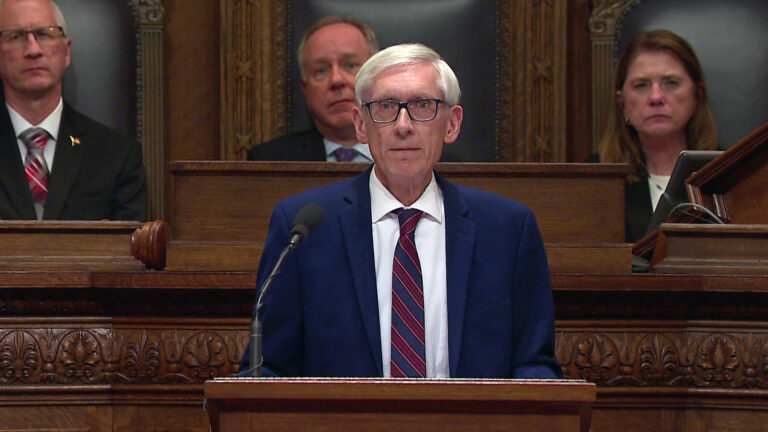

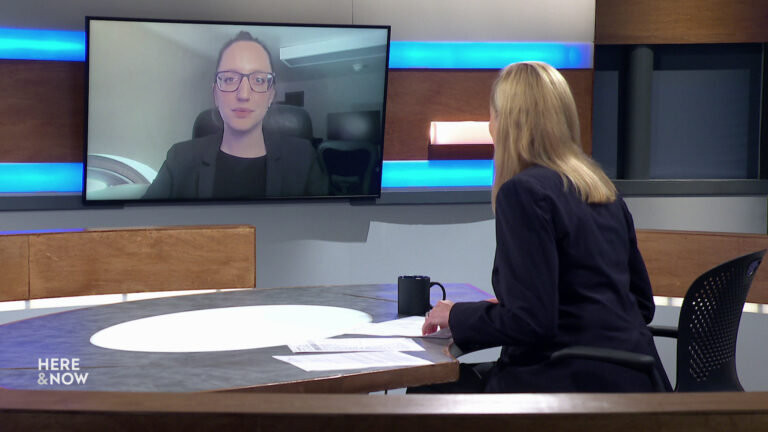

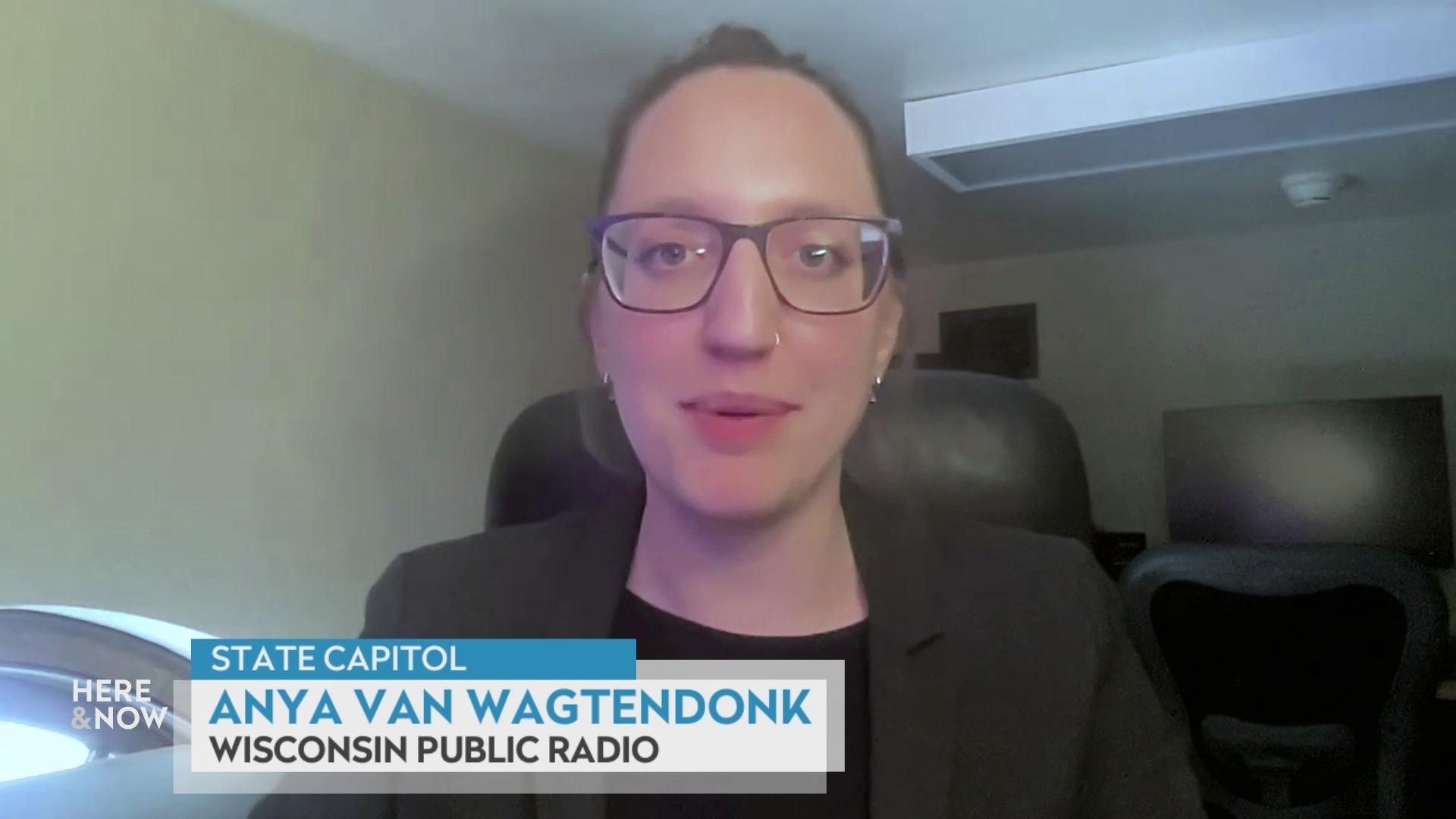


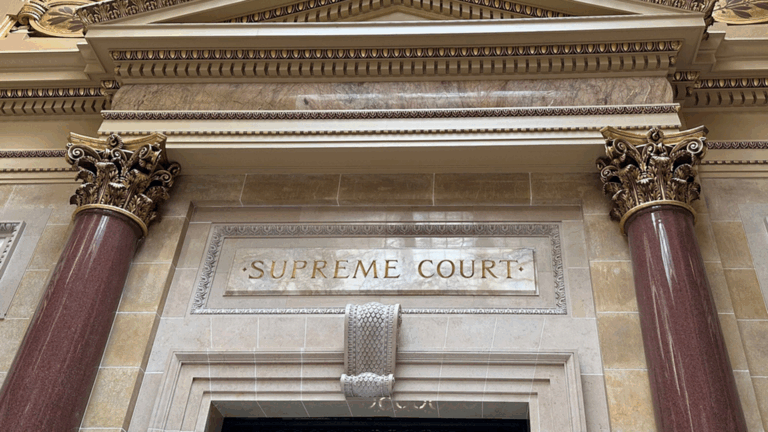
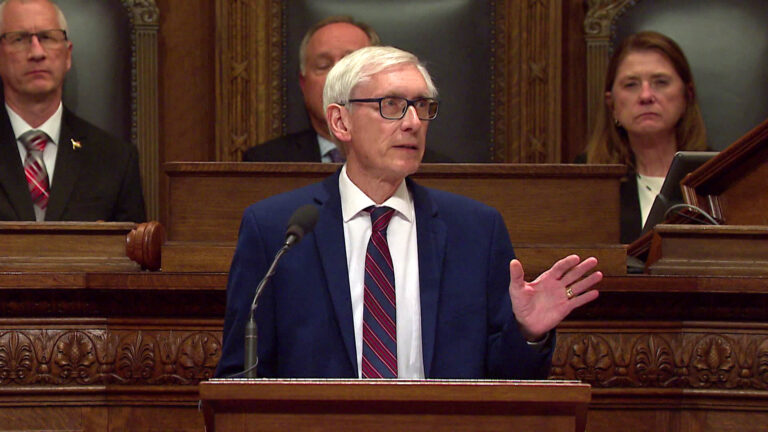
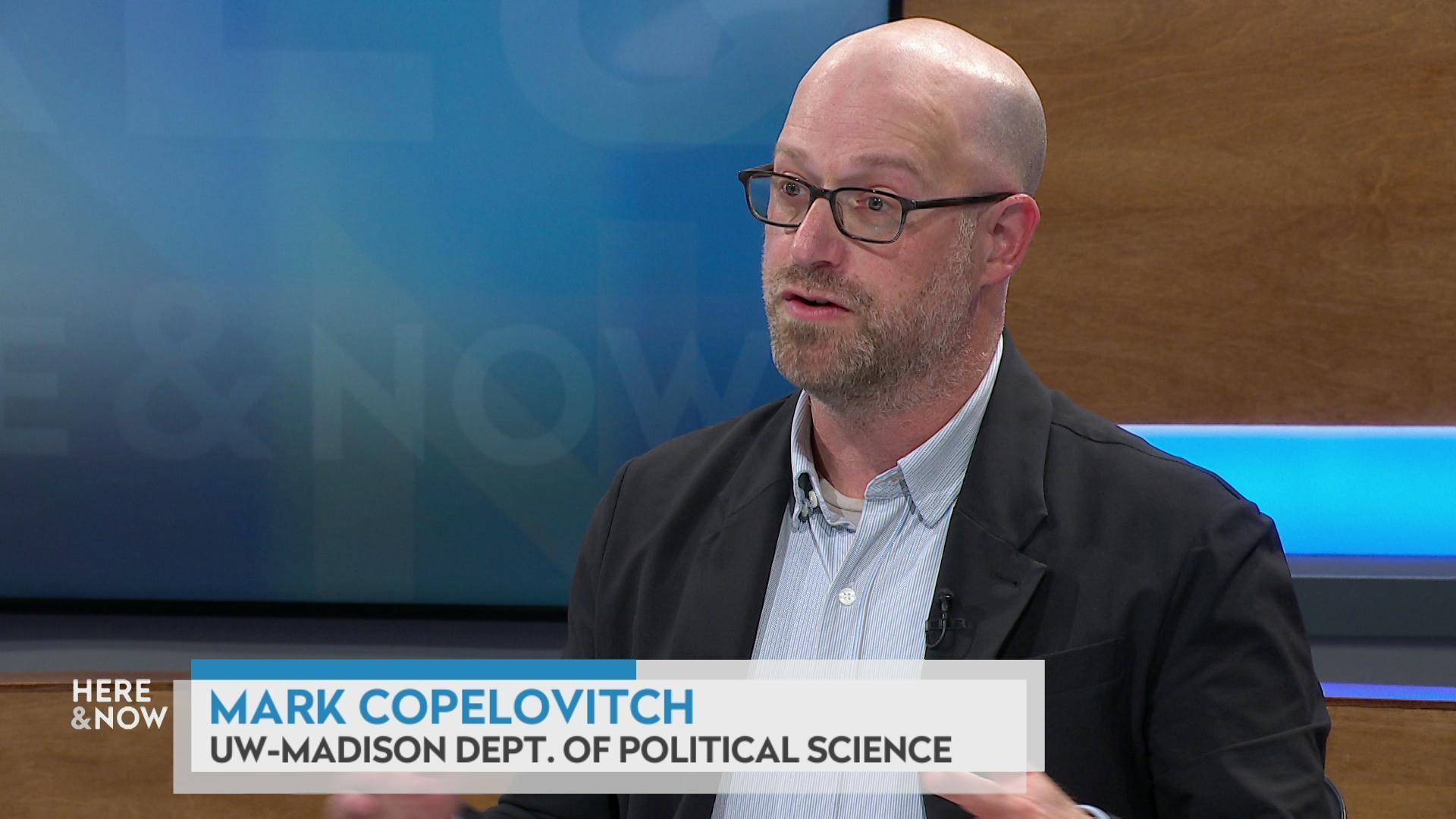
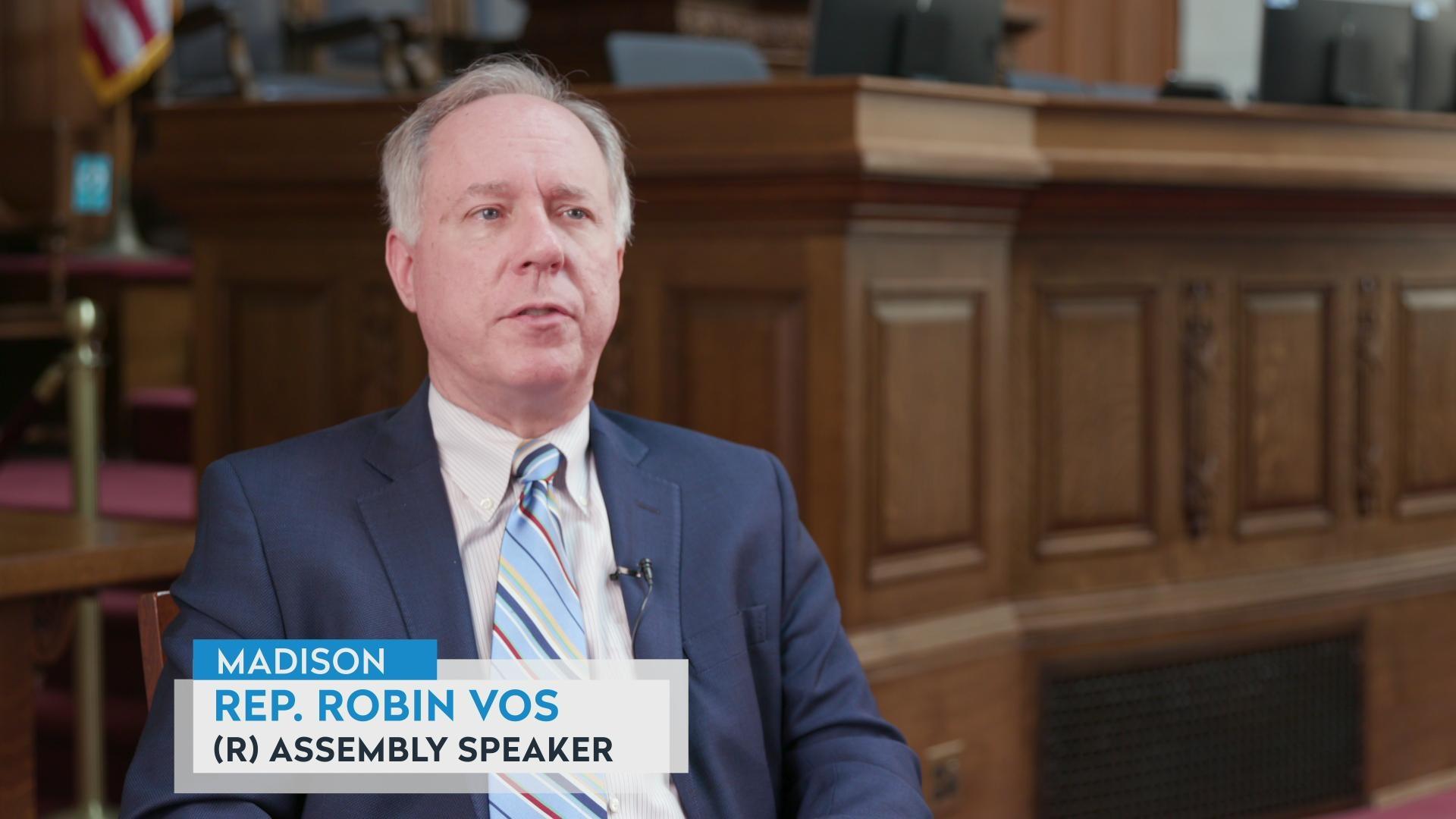
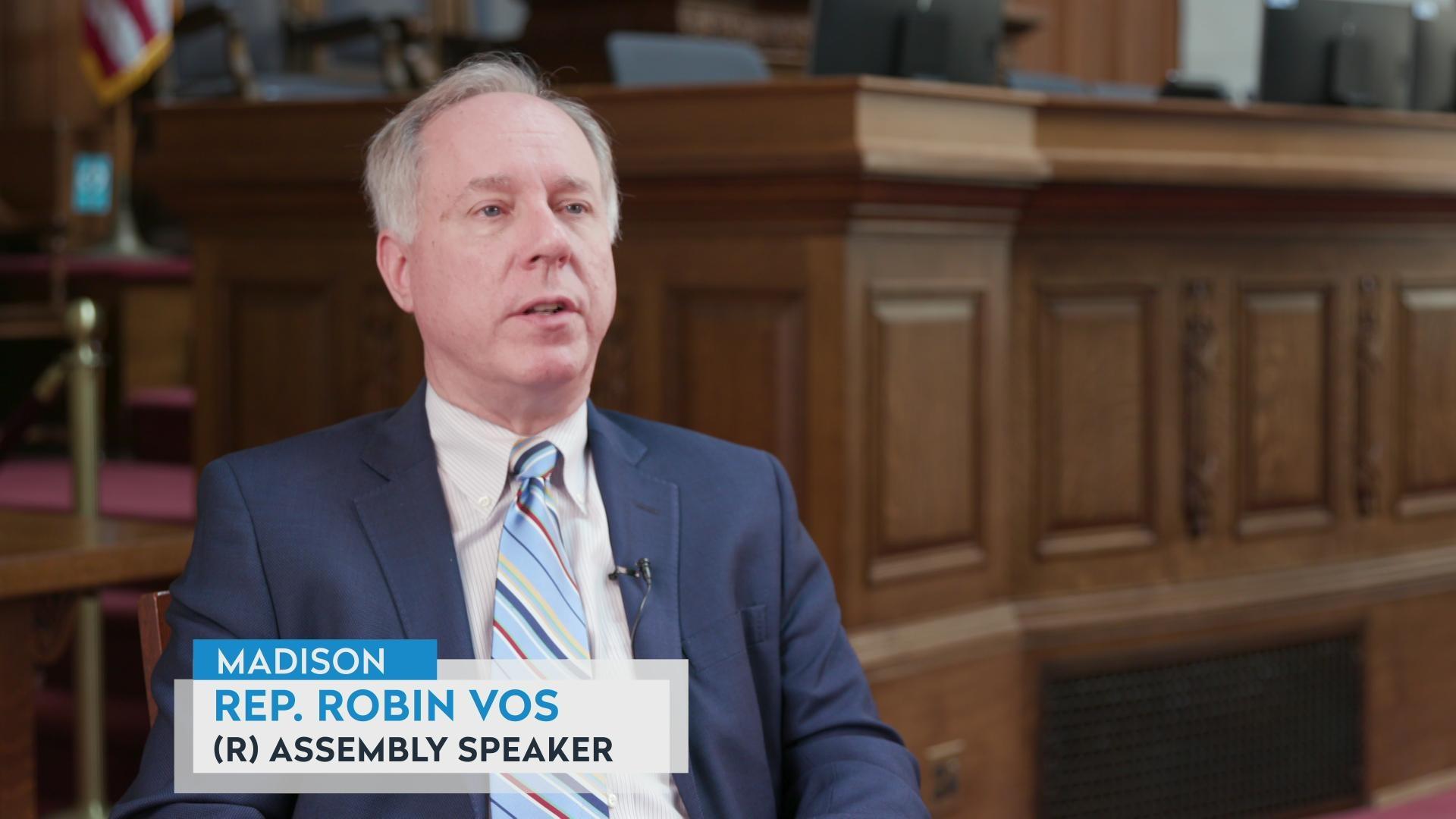

Follow Us